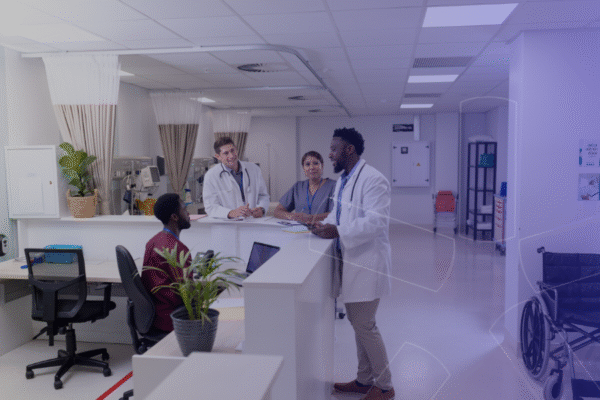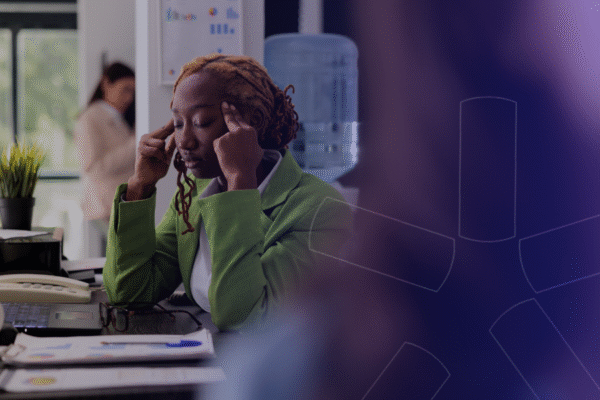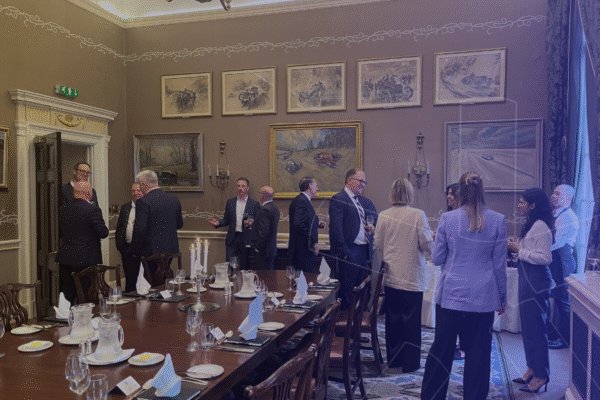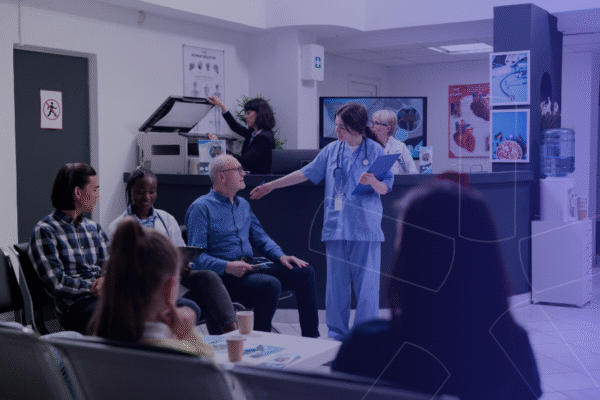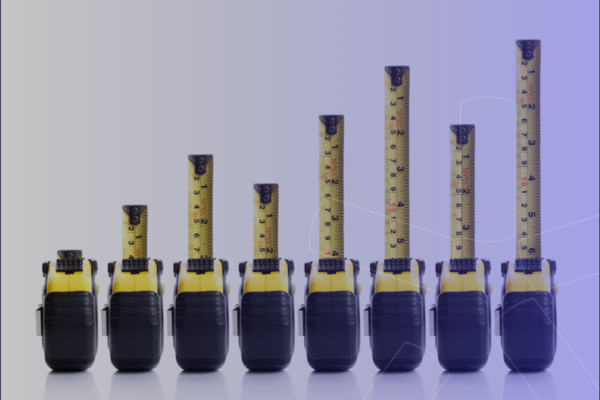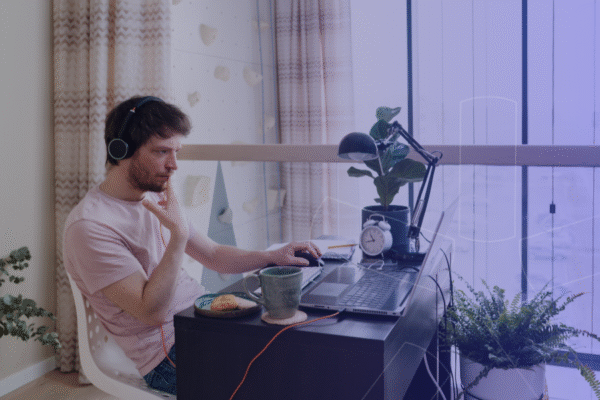Recently we sat down with our very own Jake van Berkel, who is HubStar’s customer success and implementation consultant for our university clients, and talked to him about the recent developments in the higher education industry. The biggest challenges, the future, as well as university student experience.
Jake, who has a background in behavioral economics from the University of York and Amsterdam, has previously worked as a customer success manager at a data intelligence company in London, working with both corporate and higher education clients. In our interview he highlights his perspectives on the current challenges universities are facing when it comes to managing space, the impacts of Covid-19 and how optimization technology can benefit universities to improve their university student experience.
According to you, what are some of the biggest challenges higher education institutions are facing when it comes to optimizing space, and how have these challenges been affected by Covid?
“I think the biggest challenge for universities is typically that they have to manage a large amount of different departments, disciplines and faculties, that are all vying for space. This requires timetablers and space planners to work extra hard to make sure they fit everyone in the appropriate spaces, and somebody almost always misses out. Moreover, universities face constant incidences of no shows and over-bookings, which is obviously a complete waste of space. So if classes aren’t happening, or students don’t show up, it’s a real mismatch of supply and demand. And I think you get a lot of particularly anecdotal evidence of that, mainly from the people who are missing out on running a class or having a meeting, since there’s a booking occurring, yet they walk past loads of rooms which are seemingly empty. And that obviously winds a lot of people up. So I reckon a lot of universities feel like efficient timetabling systems, managing no shows and dealing with over-bookings are their greatest space utilization challenges.”
“I suppose Covid has done a couple of things, but especially it has shown universities what they can and also can’t do online. They can’t create the university student experience online in the same way it was offline, which is an issue since this is a major reason a lot of people go to university in the first place. The other thing it has done is make university stakeholders realize how much of their space is going unused. Obviously right now across many offices and learning areas, space is not being used properly, but I think it has caused universities to realize that they’ve not been managing their space as efficiently as they could. And if there’s a positive to the situation, I reason that it has allowed universities to re-think strategically about their space management in a way they weren’t able to before. Hence, I reckon that’s why we’ve continued to have a lot of really positive conversations with university clients and progressed with them in this rather difficult time.”
“I reckon a lot of universities feel like efficient timetabling systems, managing no shows and dealing with over-bookings are their greatest space utilization challenges.”

What are universities doing to prepare for campus re-entry, and how has their thought process regarding future planning changed with the ongoing corona pandemic?
“I am under the impression that a lot of things differ from university to university and from country to country. What makes it difficult is that the corona regulations are constantly changing. So I would guess it has forced universities to think more long-term, even though re-entry will likely have to be faced at some point, and there’s a lot of inherent challenges to that. I presume it’s hard for universities to come up with a cohesive plan for the short/medium term because the goalposts keep moving. You can for example set a capacity of 25% for each class or each building, but then again the regulations are gonna change or maybe the university is told it needs to close and move everything online, and the previous work was all for nothing. So I think in that sense it will feel new to them because they haven’t got the same sort of certainty as before and I imagine that it’s a real challenge for a lot of universities, as many would likely prefer to just move as much as they can online for the current academic year.”
How can space optimization technology help universities to make better use of their space and enhance their student experience?
“I believe a key reason universities should and also increasingly want to start using some sort of utilization data and analytics, is because they have noticed issues with timetabling, no shows and over-bookings that has left them with a large number of instances where space is simply going unused. Another important point is that a lot of universities are in what you might call a fairly slow, but constant state of expansion. I remember anytime I’ve been to universities, they’ve always been building or upgrading something and so I think knowing how to do that efficiently through utilization technology, is a really important part of understanding what space you actually need.”
“I think this is where Lone Rooftop provides real value, since the wifi technology allows you to scale quickly across so many different buildings and space-types, all based on the existing infrastructure. This not only helps you get insights quickly but also lets you gain an overview of where you’ll need more granular data, which can then be provided by sensors and integrated into the LRT platform. Examples of these areas might include large lecture theaters or communal spaces such as the canteens, which are oftentimes forgotten. Analyzing these areas is important to be able to understand the way people are moving and interacting within those spaces in increasing university student experience. The cool thing that Lone Rooftop can do or space optimization technology in general, is provide actual hard and fast data for that. Additionally, I reckon the students stand to gain a considerable amount from a more efficiently run campus which prioritizes efficient use of space. I would consider there’s a great use case around minimizing inefficiency, by using the Lone Rooftop API to predict how many people might be attending a lecture or class based on previous days or weeks of data, which helps with scheduling the right room sizes. So you’re not taking away larger spaces from people that actually need it.”
“I remember anytime I’ve been to universities, they’ve always been building or upgrading something and so I think knowing how to do that efficiently through utilization technology, is a really important part of understanding what space you actually need.”
Find out more on campus planning here or get in touch with one of our salespeople who can help create a customized plan for your campus.
